Jardim Botânico da Ajuda, Lisboa

Jardim Botânico Lisboa ( V ) !!!!!!! Foto de Mário Rolo Olhares
What sets Jardim Botânico de Lisboa apart is its collection of both exotic and endemic flora. The garden houses a variety of plants from different parts of the world, as well as species native to Portugal, creating a unique blend of biodiversity. A Sanctuary of Peace. The essence of Jardim Botânico de Lisboa lies in its peaceful ambiance.
Viajar e estudar em Portugal Jardim Botânico d'Ajuda Lisboa
Hours: April 1-October 31 9 am-8 pm; 1 November-31 March 9 am-5 pm (weekdays); 9 am-6 pm (weekends). The nearest metro station is Rato on the Linha Amarela. Any of the following Lisbon buses run close to the Museus de Politécnica: 58, 7736, 9, 74, 720, 727, 738, 92 and 790. Entrance is presently 2 Euros (2015) though visitors can buy a.
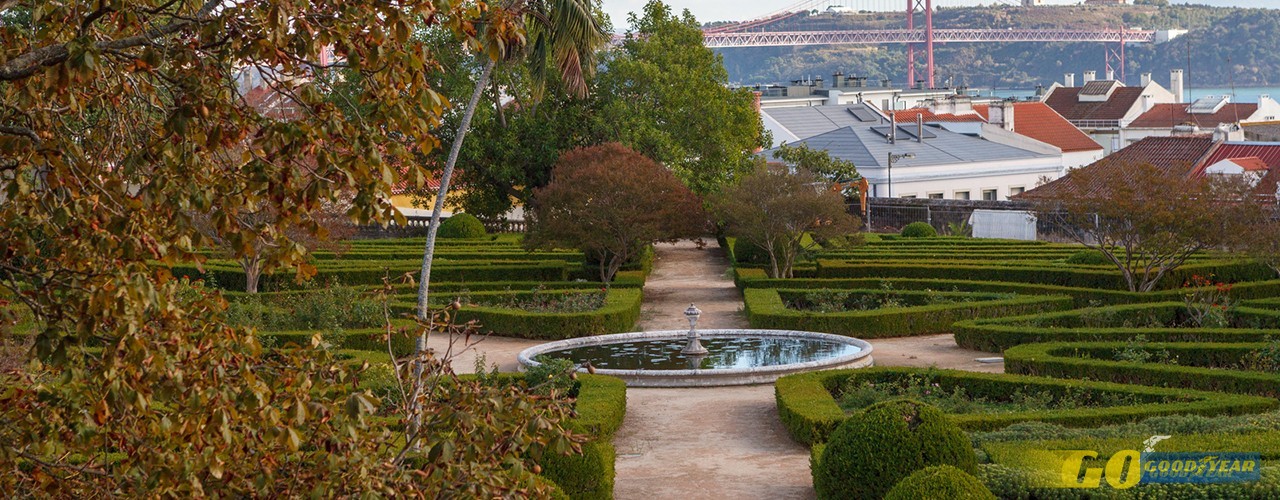
Jardim Botânico de Lisboa a natureza à espera no centro da cidade
A inauguração do Jardim Botânico de Lisboa deu-se em 1878 [1] e conta com diversas espécies tropicais, oriundas da Nova Zelândia, Austrália, China, Japão e América do Sul. Em 2016, apresentava uma crescente degradação, os lagos ficaram sem água, as plantas começaram a morrer e muitas árvores não tiveram os cuidados necessários.

DIA MUNDIAL DA TERRA Visita ao Jardim Botânico de Lisboa José
The Botanical Garden remais one of Lisbon's secrets. Lisbon's main botanical garden has over 10,000 plants and is quite large (covering 10 acres, or 4 hectares), but you wouldn't know it from outside. It's accessed through a gate on one of the busiest streets of the Príncipe Real district, and only by the ticket office do you notice the.
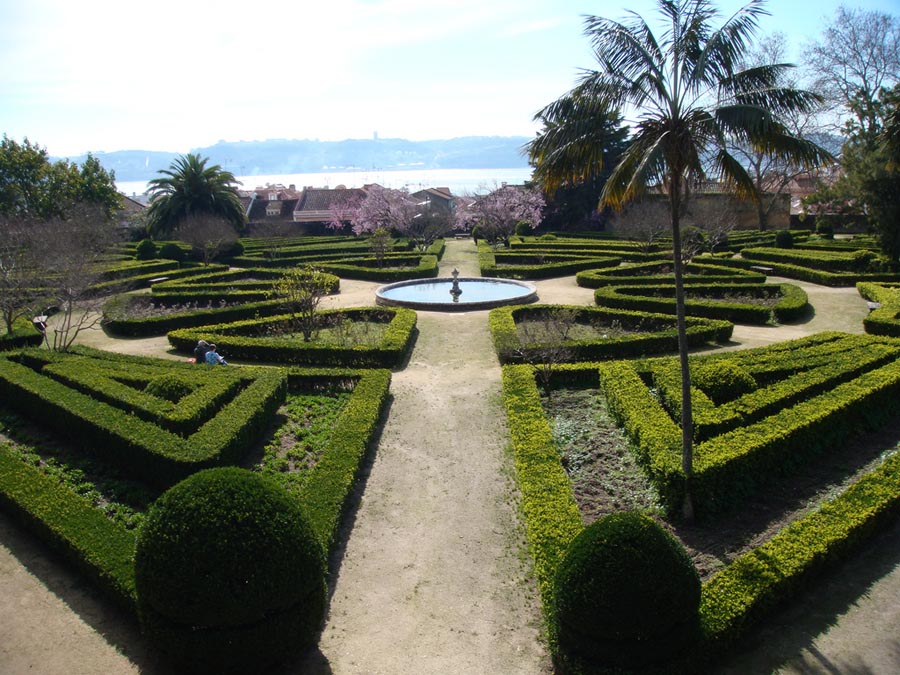
Jardim Botânico da Ajuda, Lisboa
O Jardim Botânico de Lisboa é um jardim científico que foi projetado em meados do século XIX para complemento moderno e útil do ensino e investigação da botânica na Escola Politécnica. O local escolhido, no Monte Olivete, tinha já mais de dois séculos de tradição no estudo da Botânica, iniciado com o colégio jesuíta da Cotovia.

Jardim Botânico de Lisboa reabre ao público
Jardim Botânico de Lisboa. World Monuments Watch . 2012. Lisbon, Portugal. 2012 World Monuments Watch. The botanical garden of Lisbon was established by the former Escola Politécnica de Lisboa to complement teaching and research at the school, and was laid out between 1873 and 78. The garden contained plants collected from every part of the.
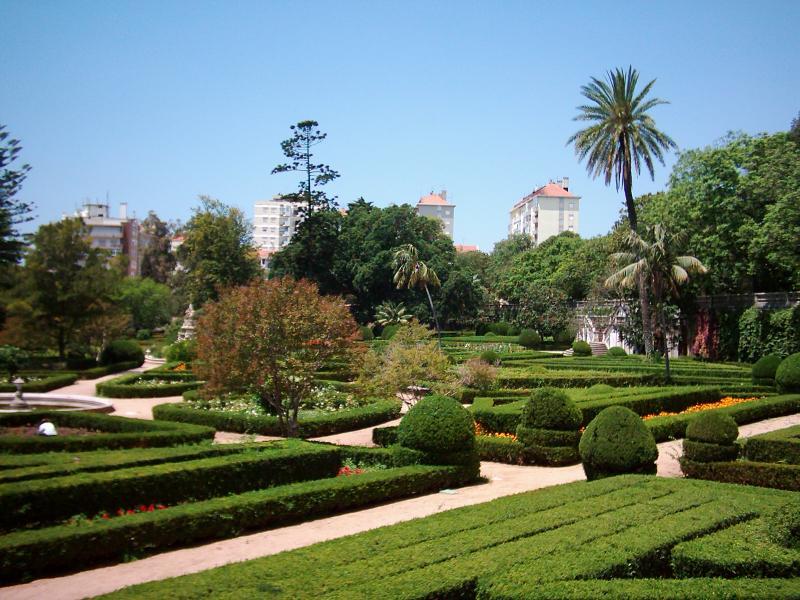
Jardim Botânico de Lisboa (Lisboa), Lisboa Info 4 Camper
The Jardim Botânico de Lisboa is located in the heart of the city and covers over 4 hectares of land. It was created in the late 19th century and has since become a popular attraction for locals and tourists alike. The garden is home to over 18,000 plant species from all over the world, including a large collection of succulents, cacti, and.
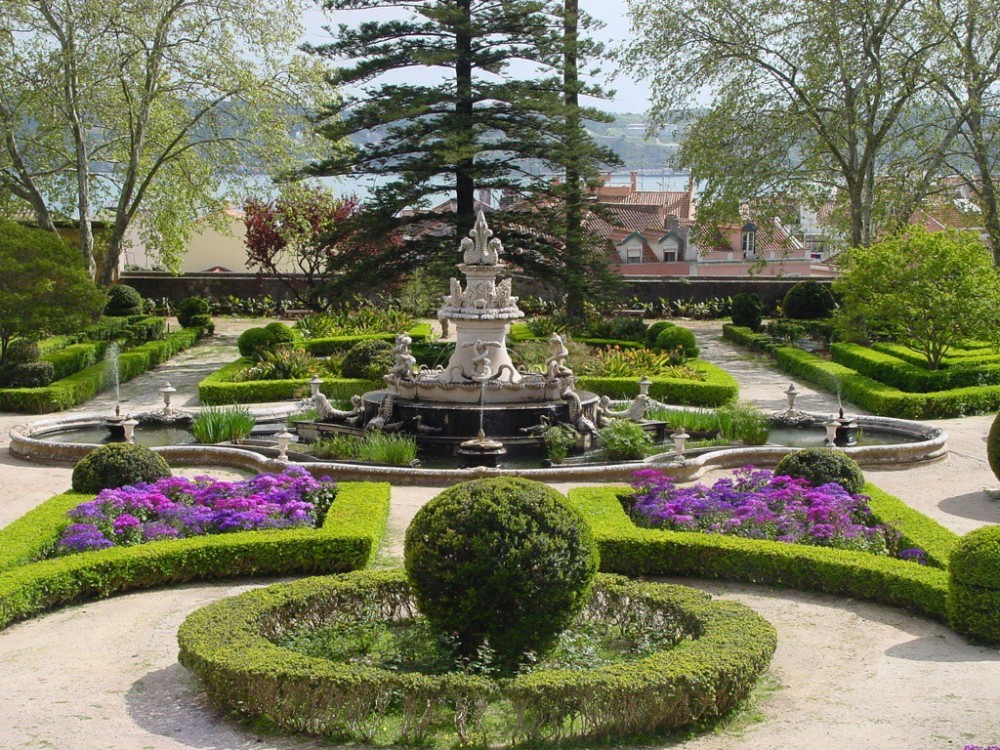
Jardim Botanico Da Ajuda. About Lisbon. About Portugal.
We spent about 90 minutes walking along and exploring the Jardim Botânico de Lisboa. I think it would be a great place to visit during the heat of the summer to escape to this shaded tree par. Read more. Written May 8, 2022. This review is the subjective opinion of a Tripadvisor member and not of Tripadvisor LLC. Tripadvisor performs checks on.

Jardim Botânico de Lisboa, o espaço científico que tornouse uma das
Jardim Botânico de Lisboa. Lisbon, Portugal. The botanical garden of Lisbon was established by the former Escola Politécnica de Lisboa to complement teaching and research at the school, and was laid out between 1873 and 78. Author. Hansel Hernandez. Historic Preservation and Cultural Heritage Consultant.
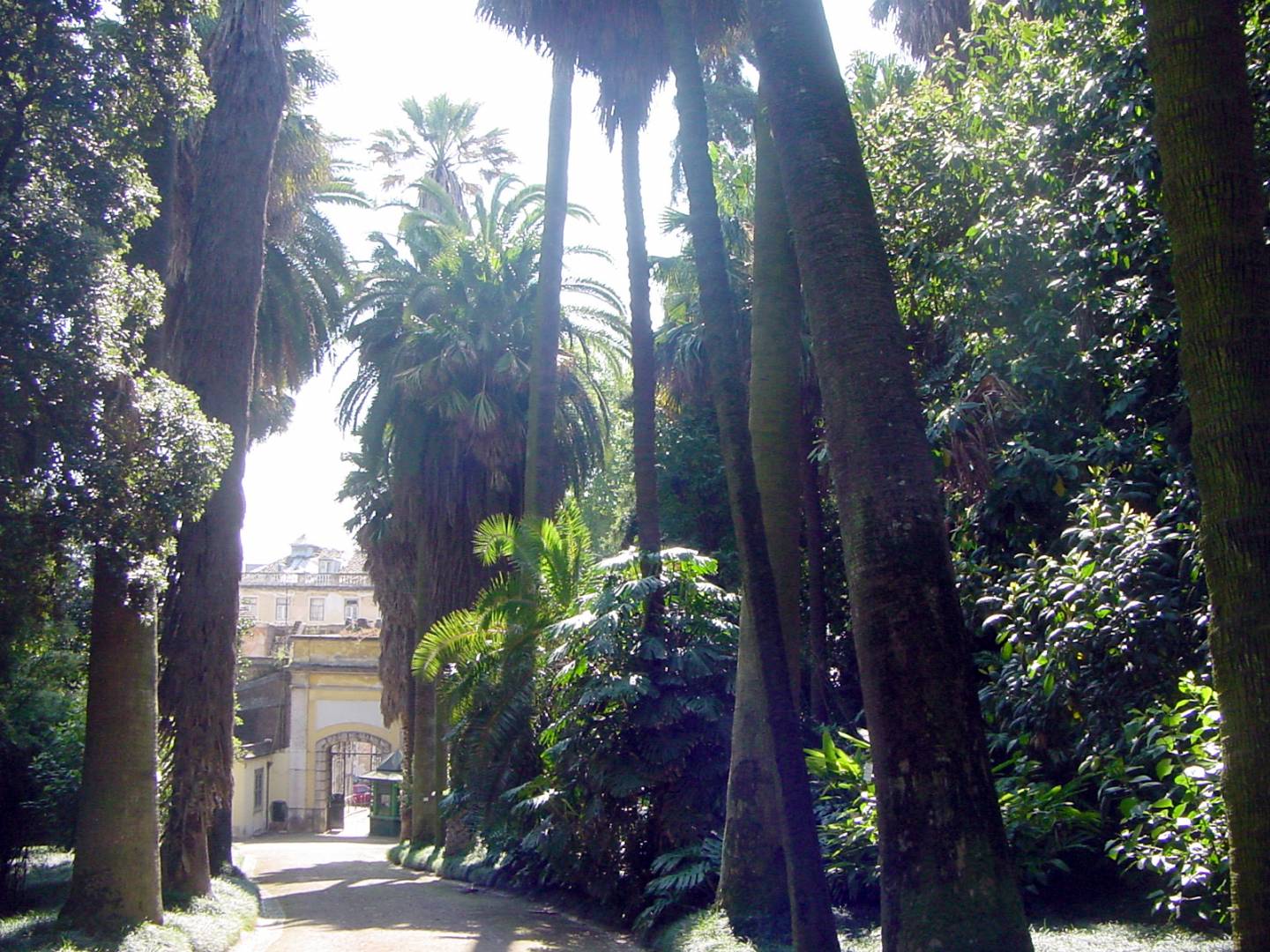
Jardim Botânico de Lisboa Lisboa All About Portugal
An enchanting garden in the center of the city. Although covering 10 acres, this enchanting botanical garden in the Principe Real district is almost invisible from the surrounding streets. Laid out between 1858 and 1873, it was once considered the best botanical garden in Southern Europe. Today, although showing some signs of neglect, it still.

Jardim Botânico de Lisboa, o espaço científico que tornouse uma das
Lisbon, Portugal is a beautiful city full of culture, history, and plenty of attractions to explore. One of the most popular places to visit is the Lisbon Botanical Garden (Jardim Botanico de Lisboa). This beautiful green space is located in the heart of the city and is home to a variety of plants and trees from all over the world.
Viajar e estudar em Portugal Jardim Botânico d'Ajuda Lisboa
Este jardim botânico, inaugurado no final do século XIX, situado no centro de Lisboa, muito perto da sua zona histórica, pretende ser um espaço verde aprazível e tranquilo no meio da cidade e, ao mesmo tempo, um local de aprendizagem da flora existente nos quatro cantos do mundo com diversas espécies tropicais, oriundas da Nova Zelândia, Austrália, China, Japão e América do Sul.
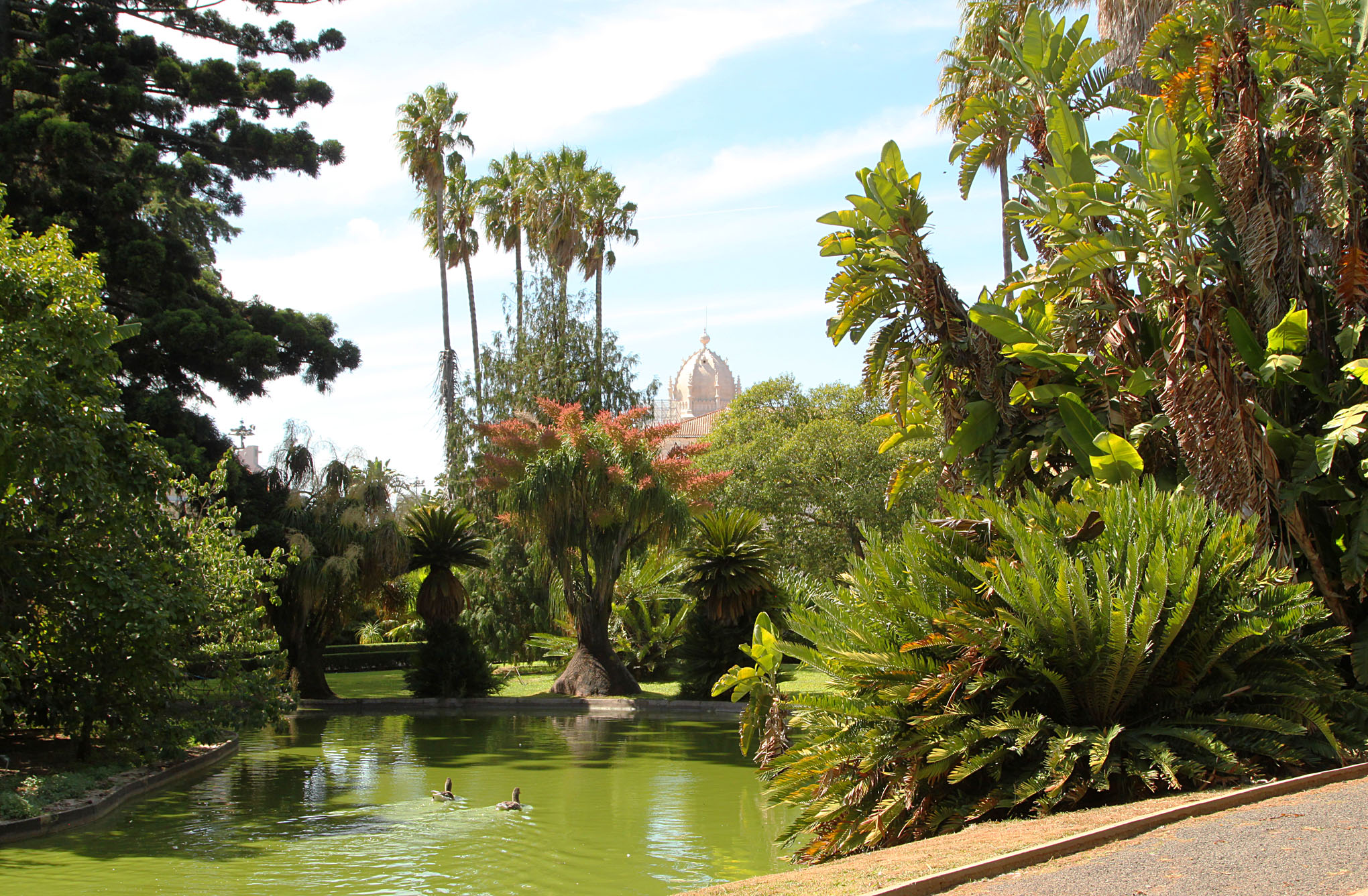
Jardin Botanico Da Universidad De Lisboa
JARDIM BOTÂNICO DE LISBOA. O Jardim Botânico de Lisboa é um jardim científico que foi projetado em meados do século XIX para complemento moderno e útil do ensino e investigação da botânica na Escola Politécnica. Algumas coleções merecem menção especial. A notável diversidade de palmeiras, vindas de todos os continentes, confere.

Jardim Botânico de Lisboa Lisboa tickets comprar ingressos agora
O Jardim Botânico de Lisboa é um jardim científico que foi projetado em meados do século XIX para complemento moderno e útil do ensino e investigação da botânica na Escola Politécnica. O local escolhido, no Monte Olivete, tinha já mais de dois séculos de tradição no estudo da Botânica, iniciado com o colégio jesuíta da Cotovia.
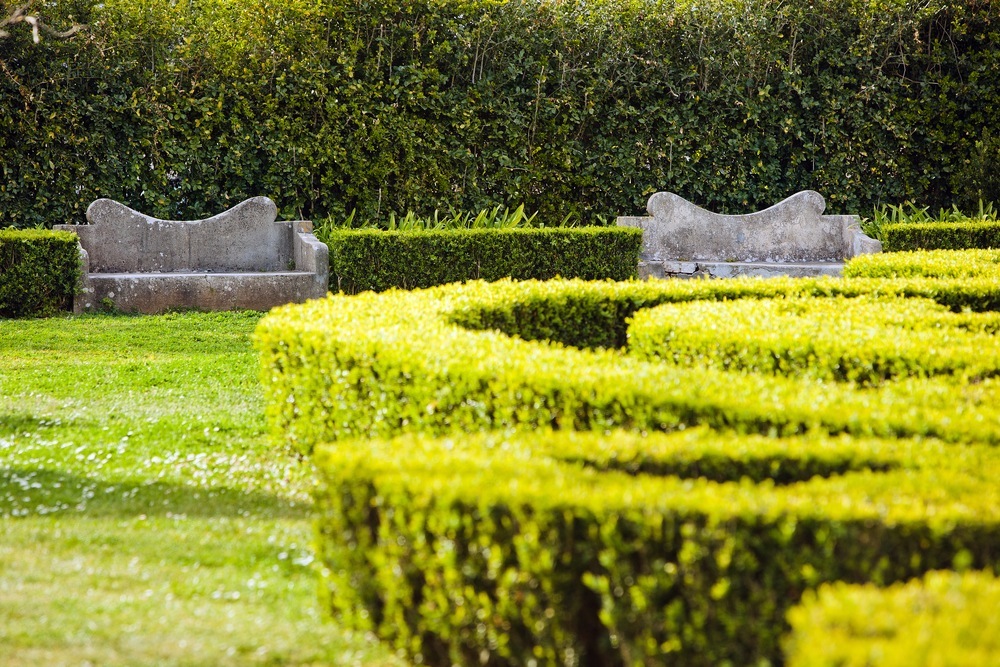
Jardín Botánico de Lisboa, visitar, horario, precio 101viajes
The Jardim Botânico de Lisboa, or Lisbon Botanical Garden, is a captivating haven that is part of the esteemed National Museum of Natural History and Science (MUHNAC). With its vast collection of plant species ranging from 1,300 to 1,500, this enchanting garden not only showcases the incredible diversity of flora but also mesmerizes visitors.
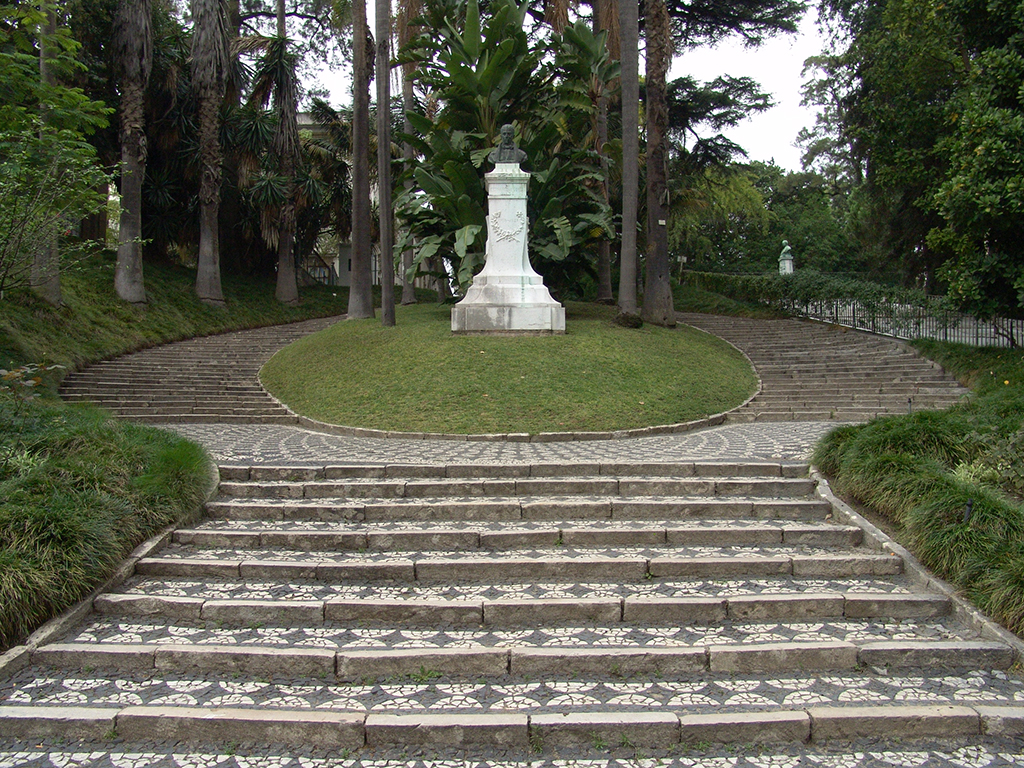
El Jardín Botánico de Lisboa Guía de Lisboa sieteLisboas
O Jardim Botânico de Lisboa, que pertence ao Museu Nacional de História Natural e da Ciência (MUHNAC), alia uma enorme diversidade de espécies (entre 1.300 e 1.500) à beleza e fascínio dos seus recantos e declives que convidam à sua descoberta demorada. Algumas árvores são particularmente interessantes pela sua monumentalidade e porte.